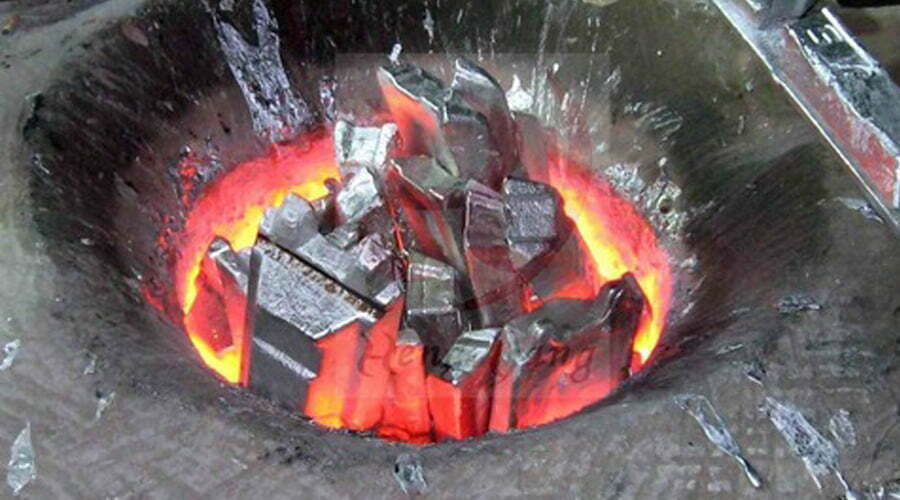Induction Furnace Operating Manual
Induction furnaces are industrial furnaces that use the principle of electromagnetic induction to melt metals.
There are three types of AC power used: power frequency (50 Hz or 60 Hz), intermediate frequency (60-10000 Hz) and high frequency (higher than 10000 Hz);
Induction furnaces are divided into two types: induction melting furnaces and induction heating equipment. The melting furnace is used for smelting or heat preservation of materials, and the furnace materials are finally in a liquid state; induction heating equipment is used for heating materials, including overall uniform heating, surface heating or local heating of materials.
Structural features of induction furnace:
1.The central control circuit of the induction furnace optimizes the design of the combined unit circuit board. The equipment has stable performance, reliable quality and strong anti-interference ability.
2.The component layout is coordinated and reasonable, and the maintenance is convenient. Highly integrated circuit solution, commissioning and operation of steel pipe quenching and tempering furnace is fast, simple and easy to learn.
3.On the basis of zero pressure, automatic start-up scanning is added, repeated start-up, voltage and current loops are closely tracked, the induction furnace starts and stops at any time, and there is no current impact.
4.The trigger circuit sensitive to the start signal of the frequency converter uses a signal, which further improves the start performance of the induction furnace, and the start success rate is 100%.
5.The constant power circuit control system of the induction furnace will be a high-quality automatic control device for rapid changes in charging voltage and current during production, without manually adjusting the cut-off angle of the inverter.
6.It has perfect protection systems such as overvoltage, overcurrent, voltage, water shortage, and voltage limit, which ensures the reliability and operation stability of the induction furnace.
Induction Furnace Operating Manual
The main raw materials for induction furnace smelting are steel scrap and some pig iron.
The scrap steel purchased from outside has a lot of rust, mud, sand and other dirt, and the content of sulfur and phosphorus in the steel is also high. The task of steelmaking is to smelt the above-mentioned raw materials into high-quality molten steel with low gas and inclusion content, qualified composition and temperature. Specifically, the basic tasks of steelmaking are:
(1) Melting solid charge (pig iron, scrap steel, etc.);
(2) Make silicon, manganese, carbon and other elements in molten steel reach the specification composition;
(3) Remove harmful elements sulfur and phosphorus, and reduce their content below the specified limit;
(4) Remove gas and non-metallic inclusions in molten steel to make molten steel pure;
(5) Adding alloying elements (smelting alloy steel) to make it meet the requirements;
(6) Superheat the molten steel to a certain temperature to ensure the need for pouring;
(7) In order to increase production and reduce costs, steelmaking must be done quickly;
(8) Pouring into a good casting.
It is necessary to be correct and follow the operation manual of the induction furnace during smelting to ensure equipment and personal safety in the smelting process.

